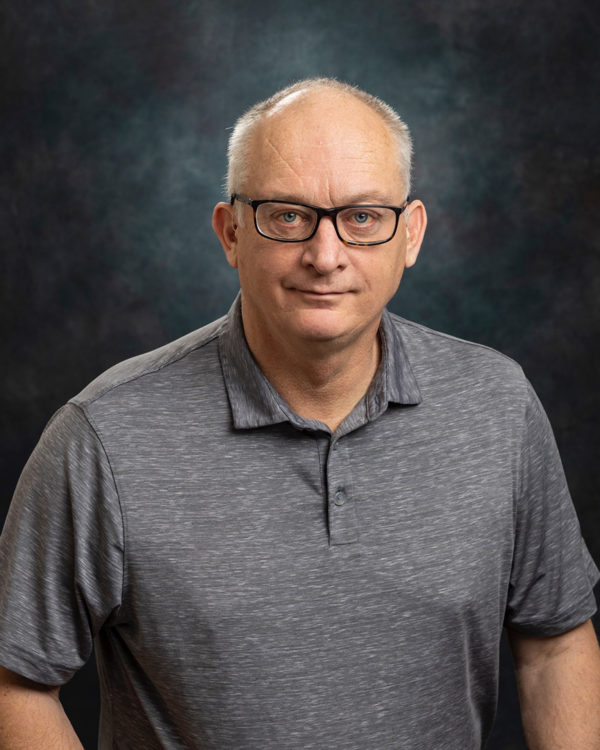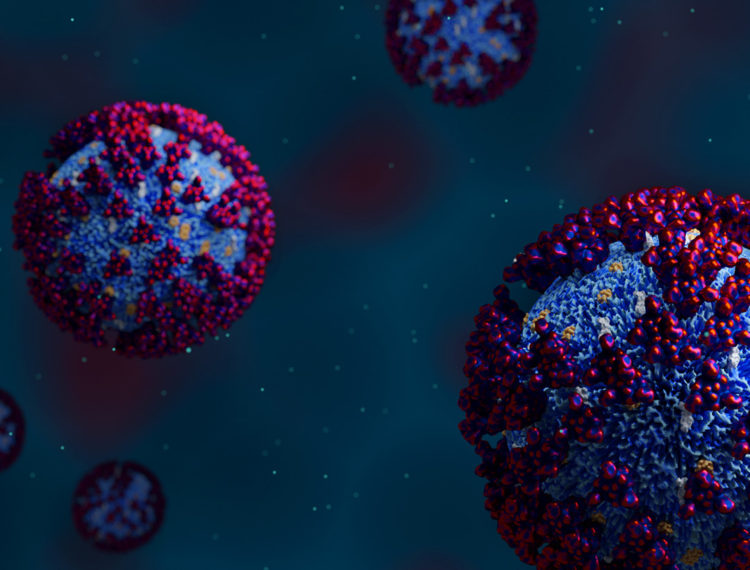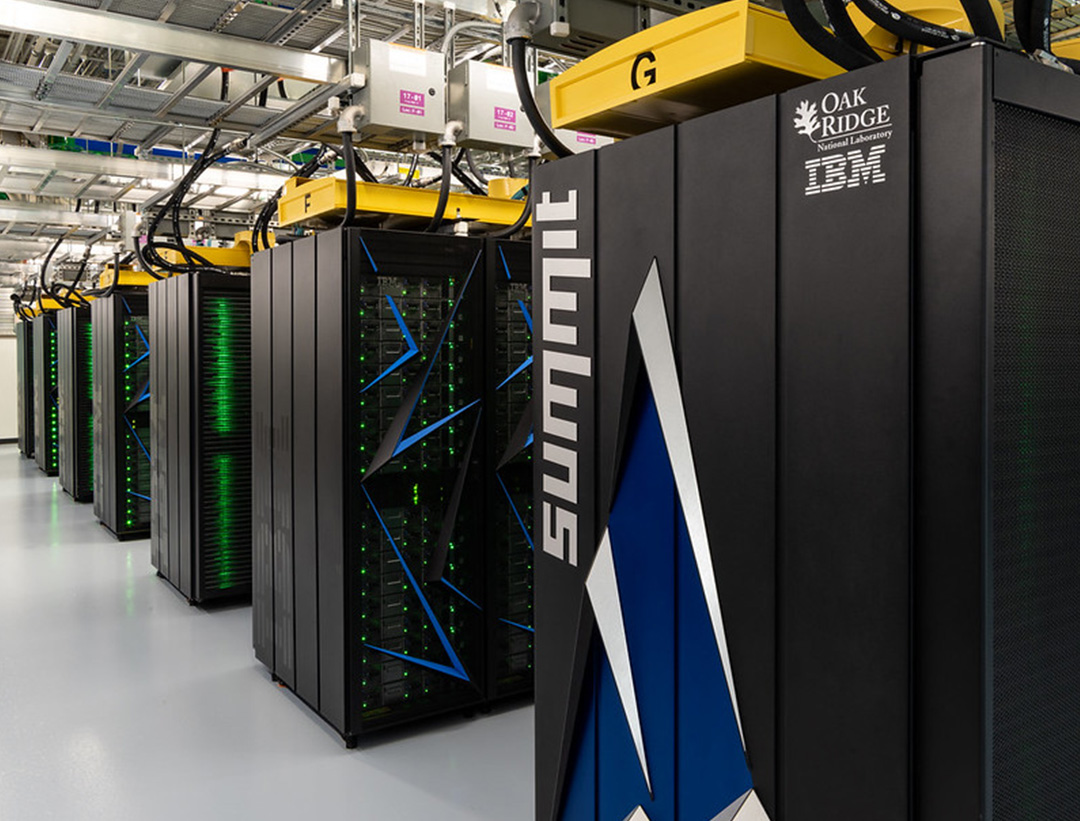 Fighting COVID-19 with supercomputing-based virtual high-throughput screening
Fighting COVID-19 with supercomputing-based virtual high-throughput screening
To date, over four million cases of COVID-19 have been confirmed worldwide. While promising developments for certain drugs used to treat the respiratory virus continue to emerge, there is currently no cure or widespread treatment plan available.
A team from UT and Oak Ridge National Lab (ORNL) led by Jeremy Smith is using ORNL’s IBM AC922 Summit supercomputer to identify promising compounds that may result in a drug to fight this disease.

Jeremy Smith is a molecular biophysicist who uses the laws of physics and principles of chemistry through supercomputing to understand biological systems. He serves as the Governor’s Chair for Molecular Biophysics at UT/ORNL and is the director of the UT/ORNL Center for Molecular Biophysics (CMB).
Earlier this year, Jeremy and his colleague, CMB postdoctoral researcher Micholas Smith, paved the way for future drug research when they identified small-molecule drug compounds of value for experimental testing with SARS-CoV-2. The researchers performed calculations on over 8,000 compounds using Summit’s virtual high-throughput screening to find compounds that are most likely to bind to the primary spike protein of SARS-CoV-2 and stop the viral lifecycle from working.
“The goal of our work is to provide accurate predictions of which chemicals will bind to viral proteins and stop the mechanisms the virus needs to replicate,” Jeremy explained. “We’re doing lots of careful calculations as quickly as possible because speed is important here.”
After posting their results on ChemRxiv, Jeremy remarked that the paper caused “a bit of a media storm.” The formation of the COVID-19 High Performance Computing Consortium followed soon after. The Consortium brings together academic leaders, industry partners, and federal entities in support of COVID-19 supercomputing research. As a part of the Consortium, Jeremy and his team are developing and refining computational models that predict drugs that would bind to different viral targets.


Jeremy emphasized that his work focuses on drug discovery, not finding a vaccine:
“We’re not going to wipe the disease out with this work, but hopefully, if this and the other efforts worldwide are successful in finding drugs, it will lessen the symptoms, prevent the virus from running rampage in the human body, save a lot of lives and help us all get back to normal,” he continued.
Regarding next steps, Jeremy and his team are gearing up to do a billion compound screens on the viral targets. The preparation process requires complex coordination. The supercomputer is like hundreds of thousands of laptops all working together and talking to each other. Imagine if you had hundreds of thousands of people together trying to do a job. To keep them all efficiently working together toward a goal would be a challenge.

“Seeing how quickly and adeptly researchers modify their processes and contribute their resources to meet the market needs of the pandemic is a true testament to the innovation in the university,” comments Maha Krishnamurthy, vice president of UTRF. “UTRF is committed to supporting researchers like Jeremy who use their expertise to develop innovative solutions every day, not only in times of crisis.”
When he is not fighting a pandemic, Jeremy usually plays in his band, the Grey Ridge Boogie Daddies, or roots for his favorite soccer team: Norwich City.
“Norwich City is currently at the bottom of the English Premier League, so I asked the supercomputer, ‘What should we do?’ The supercomputer said, ‘You definitely need to cancel the season and start again because that’s what Norwich City would want. Just forget this season and start again,’” he joked.